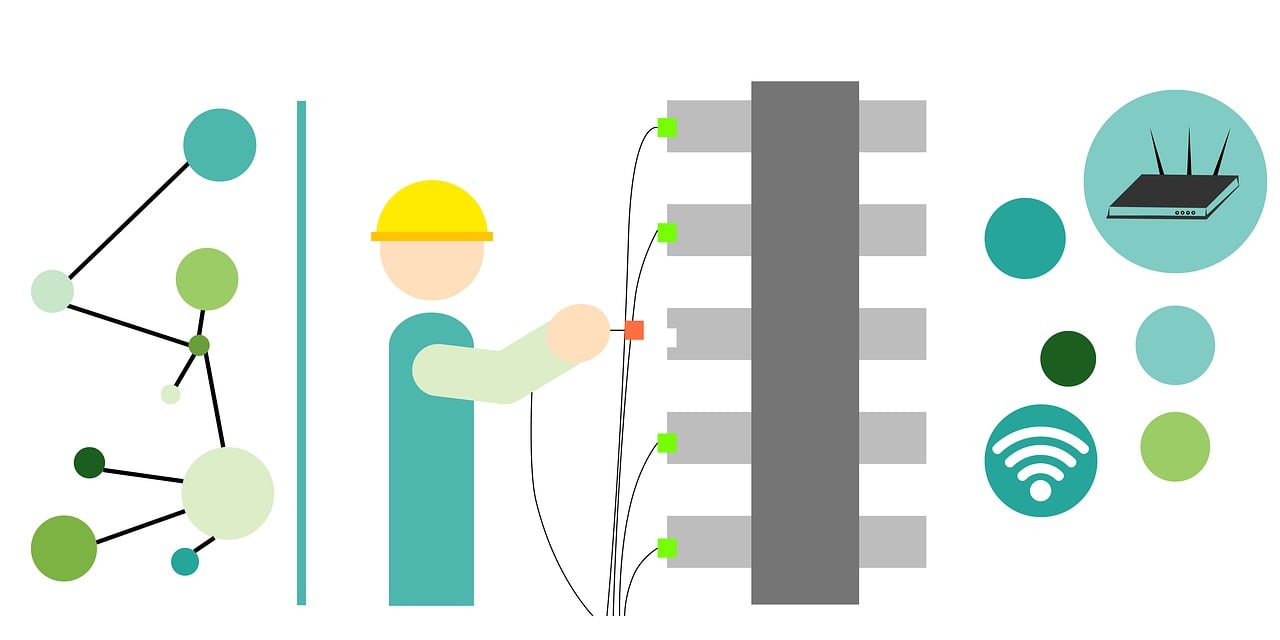How video streaming is changing the entertainment industry
The rise of video streaming has dramatically changed the entertainment industry, providing new ways for consumers to access and enjoy their favorite content. Here are some ways in which video streaming is transforming the entertainment landscape:
-
Decline of traditional TV: Video streaming services have disrupted the traditional TV industry, with more and more consumers opting for on-demand streaming services over traditional cable or satellite TV subscriptions. This shift in consumer behavior has led to a decline in traditional TV viewership, forcing TV networks to adapt to the changing market.
-
Growth of OTT services: Over-the-top (OTT) video streaming services, such as Netflix, Amazon Prime Video, and Hulu, have grown rapidly in recent years, offering viewers a vast library of content at their fingertips. These services allow consumers to watch their favorite shows and movies anytime, anywhere, without the need for a cable or satellite subscription.
-
Increased competition: The video streaming market is highly competitive, with new players entering the market regularly. This has led to a proliferation of streaming services, each with its own unique content offerings and features, resulting in increased competition and innovation in the industry.
-
Content creation: Video streaming services have revolutionized the way content is created, distributed, and consumed. With the ability to reach a global audience, streaming services have become a major player in the production and distribution of original content, producing hit shows such as "Stranger Things" and "The Crown."
-
Advertising opportunities: Video streaming services offer new opportunities for advertisers to reach a highly engaged audience. Through targeted advertising, streaming services can deliver more personalized and relevant advertisements to viewers, providing a more effective way to reach potential customers.
-
Changes in revenue models: The video streaming industry has changed the way content creators and distributors generate revenue. Traditional TV networks rely on advertising revenue, while streaming services offer a subscription-based model, allowing them to generate recurring revenue from their customer base.
Overall, video streaming has dramatically changed the entertainment industry, offering consumers new ways to access and enjoy their favorite content. As the industry continues to evolve, it will be interesting to see how it continues to shape the way we consume and experience entertainment.
















